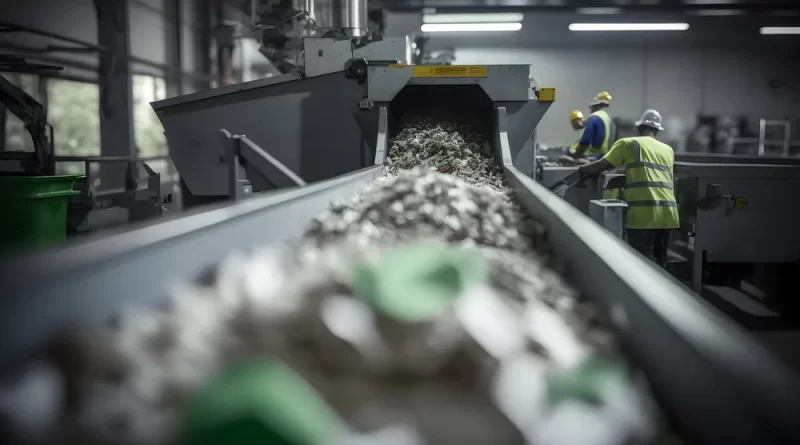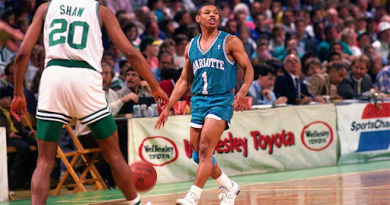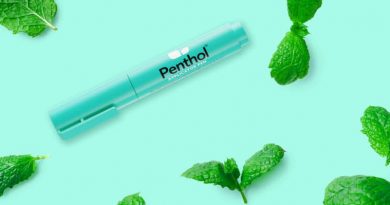What Really Happens When Plastic Is Sent for Recycling?
I was maybe 10 or 12 years old when I first heard about the concept of recycling. That was back in the 1970s. As kids, we were told that the best way to save the planet would be to encourage our parents to recycle paper and glass. Eventually, plastic became part of the equation. So much so that plastic recycling was a routine concept to my kids.
Have you ever wondered what really happens when plastic is sent for recycling? It depends on the type of plastic you are talking about and who is attempting to recycle it. Truthfully, there are vast differences between consumer and industrial plastic recycling.
Post Content
Post-Consumer vs. Post-Industrial Plastics
Recyclers divide plastics into two categories: post-consumer and post-industrial. Post-consumer plastics are the typical consumer plastics homeowners and renters put out to the curb in their recycling bins. They include things like condiment bottles, take-out food packages, water bottles, etc.
Post-industrial plastics are industrial plastics produced by manufacturers and industrial enterprises. You are talking about things like plastic buckets, pipes and tubes, pallets, and even the cutoffs and plastic purge produced during the injection molding process.
Recycling Industrial Plastics
It turns out that recycling industrial plastics is fairly easy and successful. A company like Tennessee-based Seraphim Plastics will purchase scrap plastic from a number of different companies. They will haul that scrap back to a processing facility where it is turned into regrind through a mechanical process that reduces it to small pellets or flakes.
The regrind is sold to manufacturers who mix it with virgin plastic on the assembly line. Seraphim makes money via recycling and sales; the companies they buy plastic from are paid for their waste; the companies that buy regrind from Seraphim save money on less expensive recycled plastic. Everybody wins.
Recycling post-industrial plastic scrap works because the process is simple and cost-effective. Every entity along the recycling path contributes to its success. Everyone gets something out of it, too.
Recycling Consumer Plastics
Recycling consumer plastics is an entirely different ballgame. Doing so is not as easy or cost-effective. In fact, municipal recycling programs tend to lose money on the deal. That is why so many have folded in recent years.
When you put recyclables out to the curb, the local trash hauler picks them up and takes them back to a sorting facility. At that facility, plastics are sorted from glass, paper, and trash. Then the plastics need to be sorted a second time by type.
If plastics are contaminated, processing facility personnel have a choice to make. They can clean the plastic and send it on to a recycler if the time and effort required to do so is minimal. Otherwise, the only remaining choice is to load the plastic into a truck and send it to a landfill.
Plastics that are ultimately sold to recyclers are kept out of landfills and incinerators. But municipal recycling programs cannot sell them at a price high enough to cover their costs. That’s why municipal programs lose so much money.
Most Gets Tossed Anyway
While the majority of industrial plastic waste gets recycled one way or another, most consumer plastic waste ends up being tossed. Less than 10% is successfully recycled every year. That is too bad because industrial plastic recyclers have proved that recycling can work.
Now you know what happens to plastic sent for recycling. If it is industrial plastic, the chances are pretty good that it will ultimately be recycled. But if it’s consumer plastic, a local landfill or incinerator is the most probable destination. That is just the way it goes.




